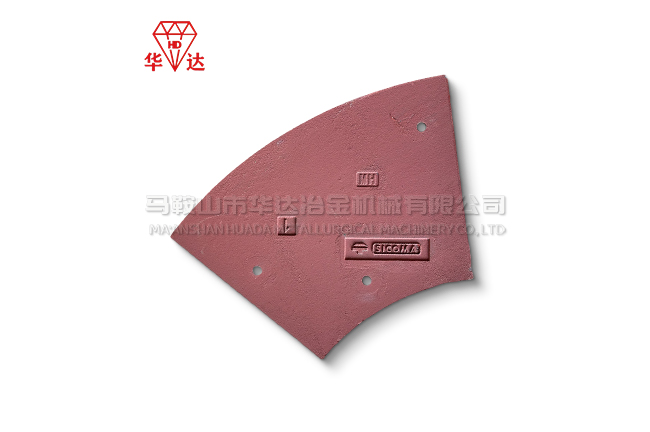Liner Plates: Essential Wear Protection for Industrial Equipment
In the field of heavy industry, mining, and construction, one of the most critical challenges is how to effectively reduce equipment wear and extend service life. A key solution that has been widely adopted across sectors is the liner plate. This essential wear part is used in crushers, mills, mixers, and other heavy-duty machinery to protect structural surfaces from damage caused by constant impact, friction, and abrasion.

What Are Liner Plates?
A liner plate is a protective layer installed inside machinery, designed to absorb impact and resist wear caused by abrasive materials such as rocks, ores, and concrete. Instead of replacing the entire machine structure when wear occurs, industries simply replace the liner plates, reducing both downtime and operating costs.
Liner plates are typically manufactured from high-manganese steel, alloy steel, chromium steel, or composite materials, each selected depending on the application environment. Advanced designs now also integrate ceramic and carbide reinforcements for superior performance in extreme conditions.
Key Advantages of High-Quality Liner Plates
Wear Resistance – prolongs service life by protecting machinery from direct material abrasion.
Impact Absorption – reduces shock loads, preventing structural damage to equipment.
Cost-Effective Maintenance – only the liner plates need replacement instead of the entire machine.
Improved Productivity – ensures longer continuous operation with fewer breakdowns.
Customizable Design – available in multiple shapes and sizes for crushers, mills, and mixers.
Wide-Ranging Applications
Mining & Quarrying – liner plates in jaw crushers, cone crushers, and grinding mills.
Cement & Concrete Industry – wear liners for mixing drums, batching plants, and concrete mixers.
Power Plants – liner plates for coal pulverizers and ash handling equipment.
Steel & Metallurgy – liners in furnaces and heavy-duty processing machines.
Recycling & Aggregates – liner protection in shredders, crushers, and screening machines.
Each industry requires liner plates designed to handle unique materials, from hard ores to wet concrete, making them an indispensable part of modern heavy machinery.
Technological Advancements in Liner Plates
Recent developments focus on high-chromium and composite liners that offer outstanding durability. Some manufacturers are introducing modular liner systems, allowing faster installation and easier replacement. In addition, computer-aided design (CAD) and simulation tools help engineers predict wear patterns, optimizing liner placement for maximum performance.
Sustainability is also a growing trend. Companies are now adopting recyclable alloys and eco-friendly production processes to reduce environmental impact while maintaining durability.
Future Outlook
With industries demanding greater efficiency and cost savings, liner plate technology will continue to evolve. Future designs may integrate smart wear monitoring sensors that provide real-time data on wear levels, helping operators schedule timely maintenance and avoid unexpected failures.
As global demand for mining, construction, and infrastructure grows, the market for wear-resistant liner plates is set to expand steadily, highlighting their importance as a backbone of heavy industrial operations.
Conclusion
The liner plate may seem like a simple component, but it is one of the most critical elements in protecting heavy machinery from wear and tear. By investing in advanced liner plate solutions, industries can enhance efficiency, reduce maintenance costs, and ensure long-term equipment reliability.
As innovation continues, liner plates will remain at the forefront of wear protection technology across mining, construction, and manufacturing sectors.
